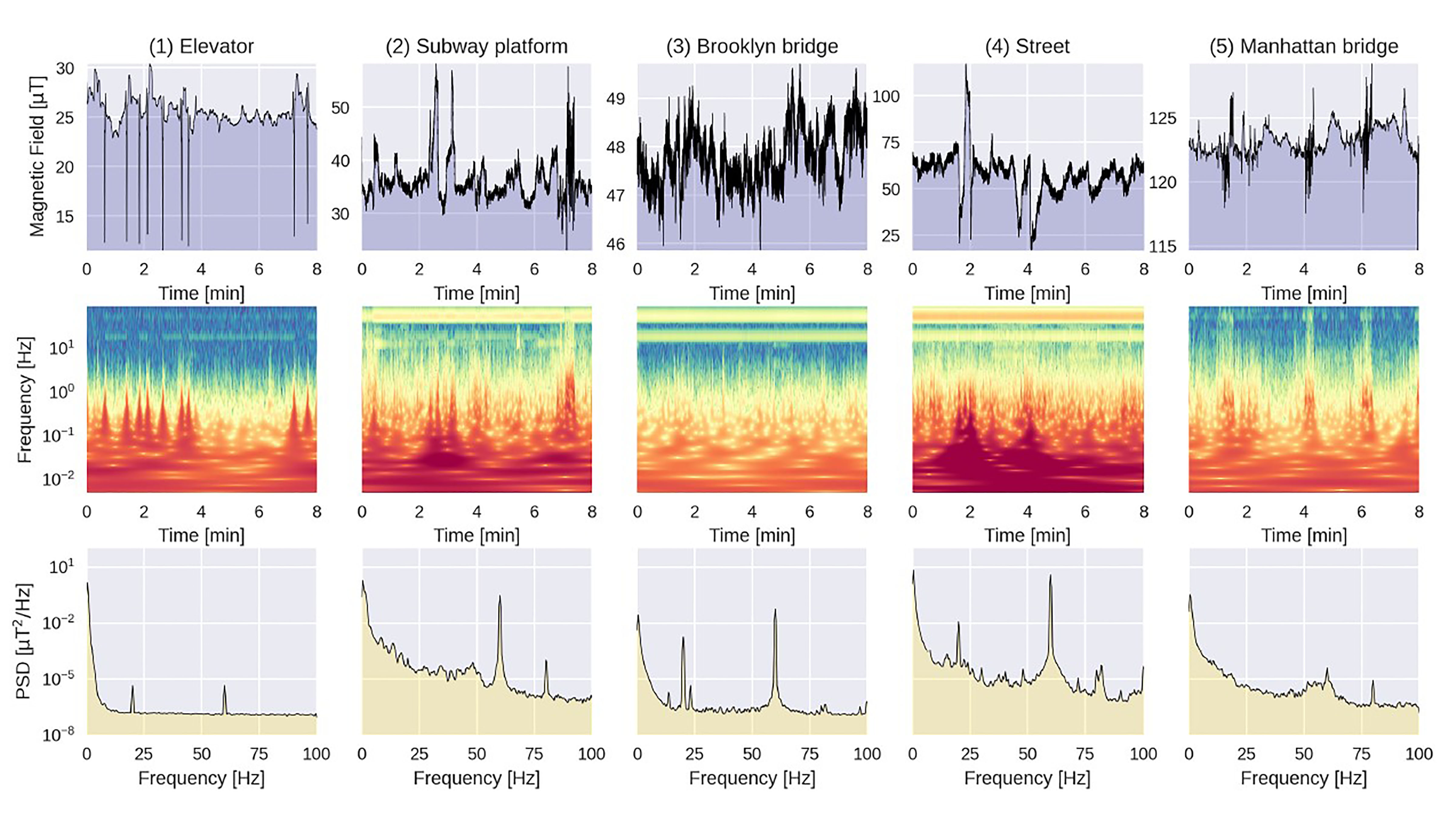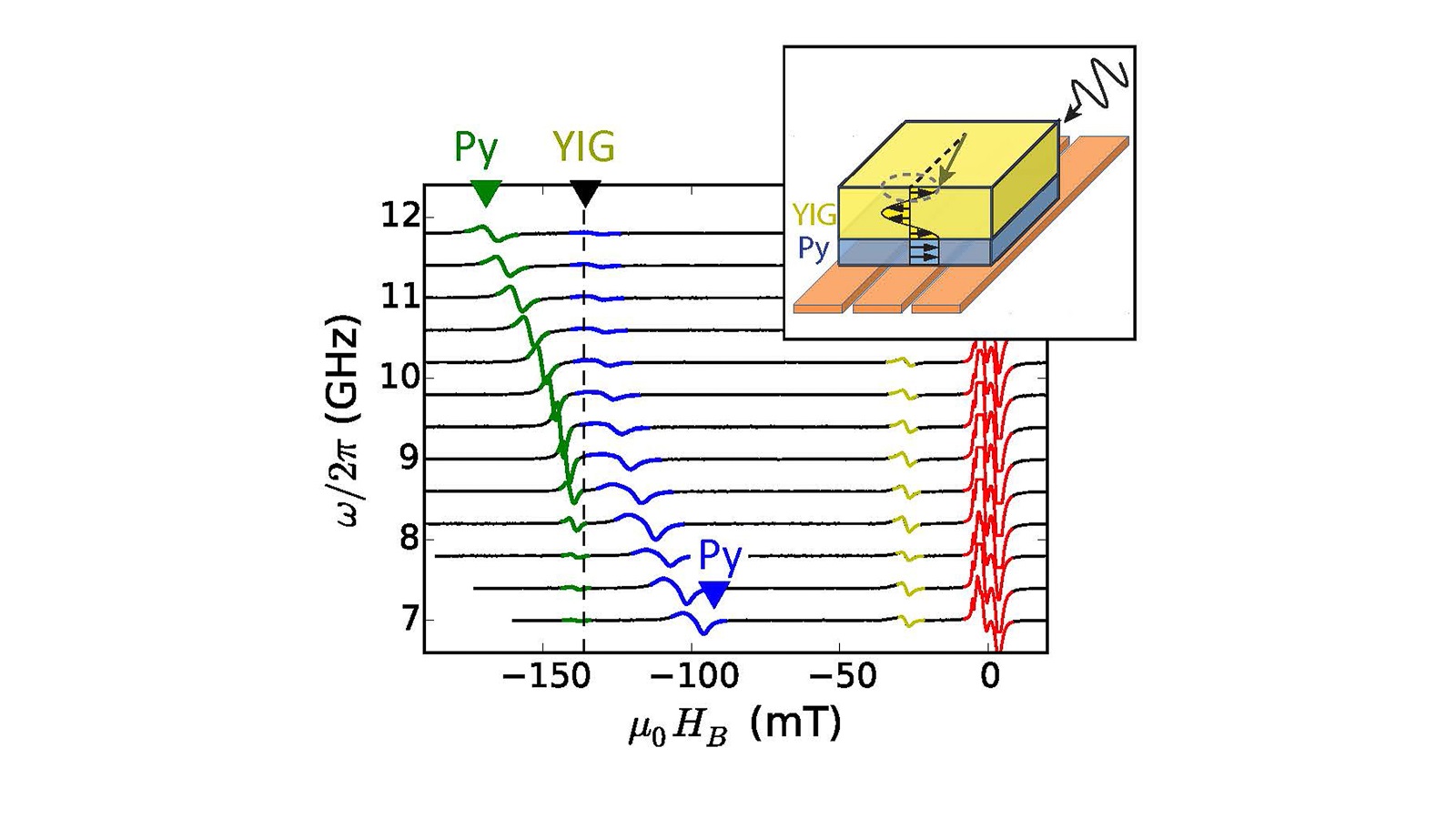A new study conducted at the University of Vienna, the Max Planck Institute for Intelligent Systems in Stuttgart, and the Helmholtz Centers in Berlin and Dresden takes an important step in the challenge to miniaturize computing devices and to make them more energy-efficient.
Tag: Magnetic
Microwave Popcorn to Particle Accelerators: Magnetrons Show Promise as Radiofrequency Source
Building on nearly 15 years of research, physicists at the U.S. Department of Energy’s Thomas Jefferson National Accelerator Facility are exploring magnetrons as the drivers of modern particle accelerators. This could lower the carbon footprint of these energy-hungry machines and help them benefit society far beyond the realm of scientific research.
Electromagnetic wave absorbers with strong absorption and broad effective bandwidth!
Dr. Hee Jung Lee’s research team from the Department of Functional Composites in Composites Research Division at Korea Institute of Materials Science(KIMS) has successfully developed electromagnetic wave absorbers based on metal-organic frameworks (MOFs) that enhance dielectric and magnetic losses in the gigahertz (GHz) frequency band.
Study on Magnetic Force Microscopy Wins 2023 Advances in Magnetism Award
An examination of the impact of image size on measurements from magnetic force microscopy has won the Advances in Magnetism Award, sponsored by AIP Advances. The paper was selected as the winner from nearly 200 papers submitted and Michael Vaka, now a data engineer at Zontal, was awarded a cash prize and a travel stipend to next year’s conference for his work, performed at BYU under the supervision of Karine Chesnel.
High-speed train tech used to detect airborne viruses – new research
Researchers from University of British Columbia and Michigan State University have invented a system that can quickly and inexpensively detect airborne viruses using the same technology that enables high-speed trains.

Urban Magnetic Fields Reveal Clues about Energy Efficiency, Pollution
In Journal of Applied Physics, researchers from the United States and Germany present a comparative analysis of urban magnetic fields between two U.S. cities: Berkeley, California, and the Brooklyn borough of New York City. They explore what kinds of information can be extracted using data from magnetic field sensors to understand the working of cities and provide insights that may be crucial for preventative studies.
Waste of space
University of Utah mechanical engineering professor Jake Abbott has discovered a method to manipulate orbiting space debris by using spinning magnets. This allows agencies to either help clear out such debris or repair damaged satellites by moving or grasping the objects without physically touching them.

Scientists find clues to a process occurring throughout the universe that affects fusion energy
New research reveals a surprising insight into the physics behind magnetic reconnection. The findings could lead to a greater ability to predict space weather.

Coupled magnetic materials show interesting properties for quantum applications
In a new study led by the U.S. Department of Energy’s Argonne National Laboratory, researchers have uncovered a novel way in which the excitations of magnetic spins in two different thin films can be strongly coupled to each other through their common interface.
A joint venture at the nanoscale
Scientists at Argonne National Laboratory report fabricating and testing a superconducting nanowire device applicable to high-speed photon counting. This pivotal invention will allow nuclear physics experiments that were previously thought impossible.